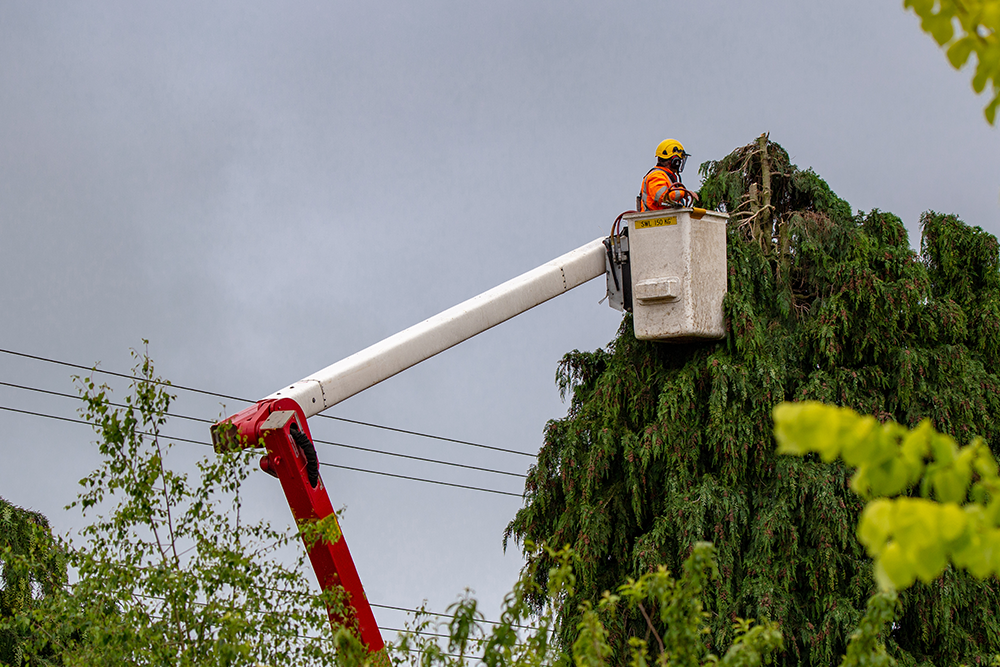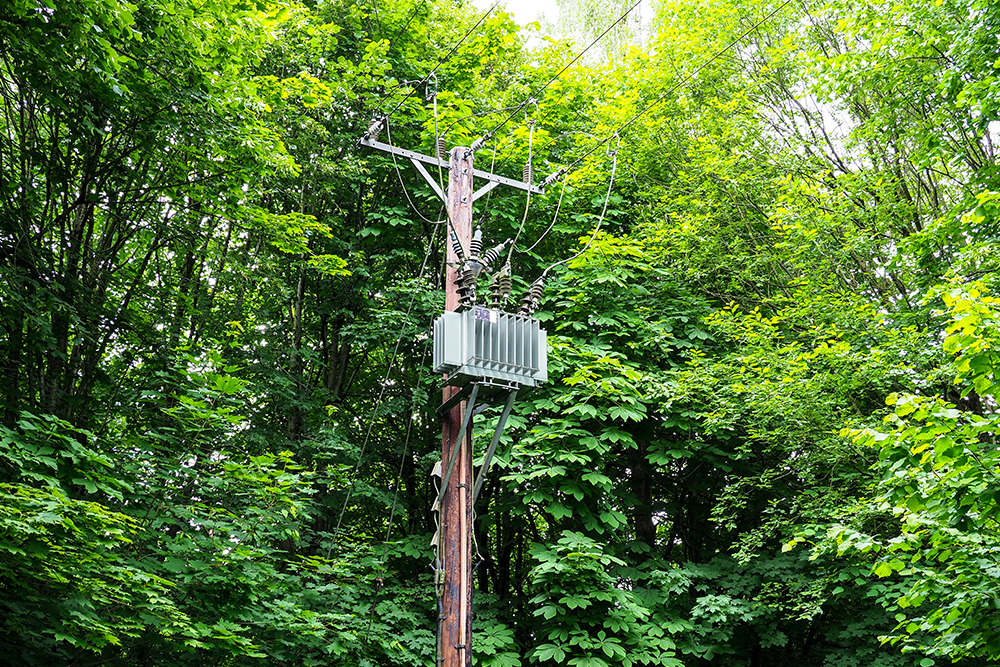Utility Pole Asset Management Companies: Understanding the Process of Pole and Hardware Inventories

Utility pole inspections play a vital role in maintaining the safety and longevity of power grids. The process thoroughly examines poles and hardware to make sure that they can withstand weather elements, physical damage, and other external factors. Utility pole inspection companies use various tools and techniques to evaluate the condition of poles. They also employ advanced technology to detect internal decay and deterioration.
These inspections help prevent failures, extend service life, and keep the lights on for communities. For utility companies, working with skilled and licensed contractors is about maintaining equipment and managing assets to optimize performance and minimize costs.
The Importance of Utility Pole Inspections
Utility poles are the backbone of our power infrastructure. They carry everything from electrical lines to telecommunications wires; any failure can cause major disruptions. Routine inspections of these structures are vital to identify and fix potential issues before they become significant problems.
Over time, utility poles, particularly wooden ones, are vulnerable to rot, insect infestations, and wear caused by weather conditions. Inadequate maintenance and inspections can lead to serious consequences, including unexpected failures and safety hazards. This is why utility pole inspection companies are integral to long-term infrastructure management.
Utility pole inspections typically focus on a few main areas. One of the most common issues found during inspections is the deterioration of the pole’s material. For wood poles, this may include decay in the outer layers, which can spread to the core.
Steel and concrete poles, while more durable, can also suffer from corrosion or cracks that compromise their strength. Through systematic inspection techniques, such as visual checks, inspectors can identify issues early. Additionally, methods like-sounding and resistograph tests help address these problems effectively.
How Utility Pole Inspection Companies Conduct Their Work
The role of utility pole inspection companies is not limited to visual checks. They often rely on a combination of advanced tools and methods to evaluate the structural integrity of poles.
One of the most important tools in their arsenal is the Resistograph. This device allows inspectors to measure the density and condition of the wood at various depths. It detects problems such as shell rot, heart rot, cracks, and insect damage. These findings are important in determining if a pole is safe or needs replacing or reinforcing.
In addition to basic inspection, utility pole inspection companies also conduct corrosion potential assessments. Poles exposed to moisture, pollution, or extreme weather conditions are prone to corrosion. This can weaken their structure over time. Inspections help determine how susceptible poles are to rust and other forms of corrosion, and guide the necessary remedial actions.
The process may also involve pole rot testing. This is where inspectors examine areas of the pole for internal decay. They can assess the extent of deterioration through drilling, probing, and sounding. Once detected, the next step involves preserving or replacing the pole.
Vegetation Management’s Role in Pole Inspections
A major factor in the health of utility poles is the surrounding vegetation. Trees, branches, and other plants can create serious hazards for utility poles. When they come into contact with the poles, they can cause physical damage or even disrupt the power supply by knocking wires down. Vegetation management is an important aspect of utility pole asset management, particularly in regions prone to storms or wildfire risks.
Effective vegetation management makes sure that tree growth is controlled around utility poles, which reduces the risk of accidents or damage. In addition to pruning trees and shrubs, it may also involve clearing areas where vegetation might pose a threat in the future.
Utility pole inspection companies often collaborate with vegetation management specialists. This makes sure that the environment surrounding the poles is safe and clear of potential hazards.
The Challenges of Managing Utility Pole Assets
Utility pole asset management is not simply about replacing poles when they fail; it is about creating a long-term strategy for maintaining their health and extending their service life. The challenge lies in understanding the condition of each individual pole and making informed decisions about when to repair, reinforce, or replace them. This requires a thorough inventory of all poles and hardware, along with regular inspections to track their status over time.
A comprehensive asset management plan also involves coordinating maintenance schedules and budgeting for repairs. It includes managing unexpected issues, such as emergency replacements after storms or other natural events. Utility companies depend on accurate data from utility pole inspection companies to make these decisions.
For any utility pole management program to be successful, it is important to partner with licensed contractors who are experienced in both inspections and repairs. These contractors must understand the complexities of pole maintenance and be capable of providing long-term solutions that meet industry standards and safety regulations.
Why Working with a Licensed Contractor is Important
One of the most important aspects of utility pole inspection and management is making sure that only qualified professionals perform the work. Licensed contractors bring a level of expertise that is invaluable when it comes to assessing and maintaining utility poles. In addition to having the technical knowledge and training, they are also up-to-date with the latest safety regulations and best practices.
Licensed contractors are particularly important when dealing with complex issues such as pole reinforcement, restoration, and remediation. Reinforcing a weakened pole is not a simple task. It requires specialized skills, materials, and equipment. Only licensed contractors with experience in these areas can make sure that the work is done properly and safely.
With a licensed contractor, utility companies also make sure that they meet regulatory requirements and avoid costly mistakes. Licensed contractors have the tools and expertise to perform accurate assessments and recommend the most effective solutions for each unique situation.
How Coleman Environmental Engineering, LLC Supports Utility Pole Management
Coleman Environmental Engineering, LLC brings over 80 years of combined experience in environmental remediation and asset management. As a licensed contractor, we understand the importance of conducting thorough utility pole inspections and provide professional environmental engineering services.
With our expertise in structural demolition, stream restoration, and soil remediation, we offer a comprehensive approach to managing utility pole assets. This approach spans from initial inspection to long-term maintenance strategies. Discover our projects. Contact us for more information.

